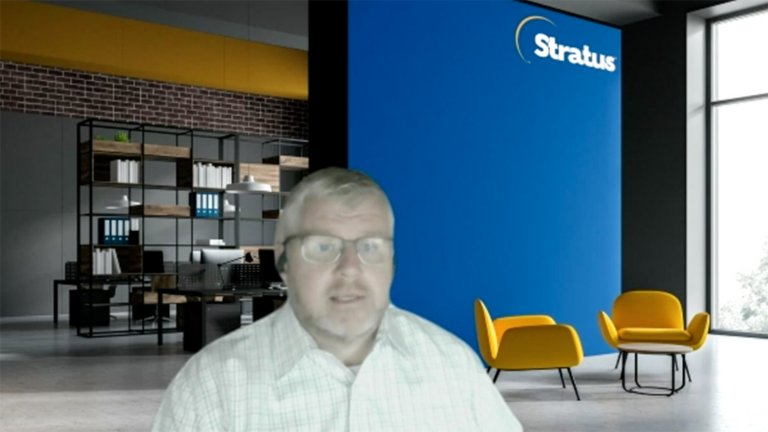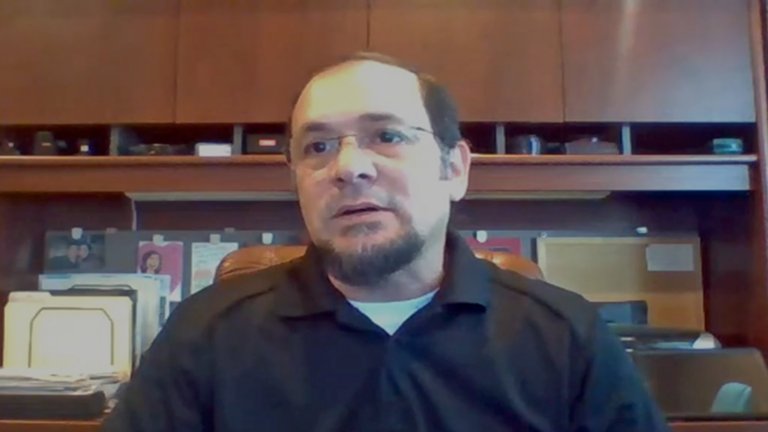By Chris McNamara, Contributing Writer
One of the largest independent liquid petroleum products pipeline operators in the United States, Buckeye Partners owns and operates a diversified global network of assets that provides logistic solutions such as transportation, storage, processing and marketing of liquid petroleum products.
Angel Matos, Buckeye Partners’ senior manager of terminal automation applications, discussed in a presentation during the 2020 Automation Fair® At Home event, how the company digitally transformed its business by encouraging the convergence of IT and operational technology (OT). He explains how they use Rockwell Automation PlantPAx® distributed control system (DCS) solutions and edge computing solutions from Rockwell Automation Technology Partner Stratus Technologies.
Matos detailed the complex system of solutions implemented as part of the pipeline operator’s digital transformation. With 6,000 miles of pipeline, 115 terminals and 118-million-barrel tank capacity, his firm’s leaders knew their digital transformation was going to be complicated. And they knew it was necessary to stay competitive.
Setting Goals
“We were struggling with the technology used to support terminal automation,” explained Matos during the case study presentation. Matos, who oversees Terminal Automation project planning and execution across all of his company’s oil-and-gas distribution terminals, shared how his team was reliant on systems that, quite frankly, weren’t intended for the modern scope of automation.
So, they set goals. The senior manager and his team wanted to quicken IT/OT convergence across their facilities. They wanted to achieve longevity of the tools and systems they implemented (always a challenge in harsh environments). They wanted fewer moving parts and more-functional industrial computers at their disposal.
A shift to predictive maintenance was central to the project — collecting data at the edge, integrating with hybrid cloud operations, and using real-time analytics and machine-learning models. The efficiency goals they envisioned would hinge on strategic platform monitoring/protection. Some of the IT and OT workloads would be automated, freeing up personnel to tackle more important tasks.



